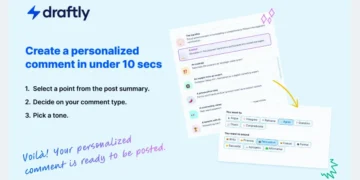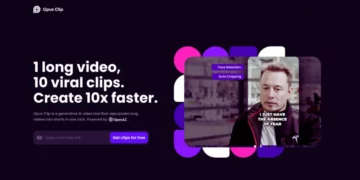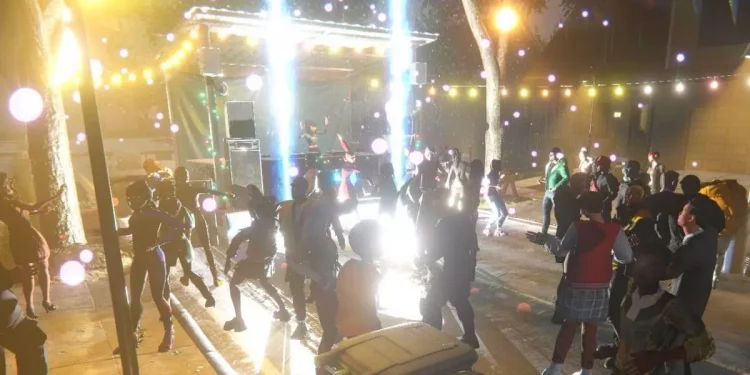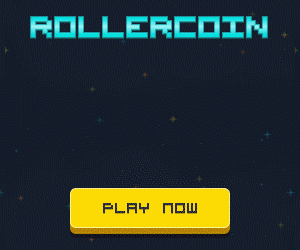VRJam is launching its digital headquarters for virtual concerts and live events. It bills itself as a Web3 metaverse entertainment platform, and is part of a wave of such things to come.
Five years in development, VRJam claims that anyone can access the platform through its website to transport themselves into virtual worlds.
🎧We're proud to announce that the VRJAM public beta is now live, and it's going to transform live events for the #web3 world!
🪐Create an account
🤖Customize an #Avatar
🧙♀️Dive into VRJAM's #virtualworld🌐Sign up & download the app for free now: https://t.co/aM1SHUER5F pic.twitter.com/BLUAFPqIxu
— VRJAM (@VRJAM_) November 2, 2022
VRJam
One can participate in a VRJam world using a virtual reality headset such as the Meta Quest 2 or use more conventional platforms.
VRJam uses real-time motion capture technology and visual effects to enable creators to deliver the most realistic experience available today in a virtual world, explains CEO Sam Speaight in an interview with VRJam.
The idea is to allow content creators, celebrities, artists and cultural manufacturers to redefine fan stories in virtual areas.
VRJam will now make these tools available to brands and artists to host live events in the metaverse like never before.
In addition, Speaight said it has received a MegaGrant from Fortnite creator Epic Games and has partnered with Ethereum’s scale-out blockchain protocol, Polygon.
The company also partnered with NASA Mars4 data-driven Martian 3D mapping company Mars4 and will launch its native cryptocurrency VRJAM Coin on Nov. 17.
VRJam will build Planet Polygon, a brand new immersive stay event space inside the VRJam platform.
With Polygon’s expertise in blockchain solutions and VRJam’s virtual world building in the metaverse, the two will create a branded interactive virtual stage for gaming, music and eSports fans.
Broadcasters will engage with viewers and viewers will take ownership of all on-screen content, commenting and interacting with each other.
Events will also be streamed live from inside Planet Polygon to viewers on major streaming platforms such as Twitch and YouTube.
With Mars4, VRJam will construct the Mars Block 398 plot within the metaverse. Mars4 simulates a 3D map of the Martian terrain based on NASA’s Mars data, similar to a 3D map of Mars from Google Earth.
After development of the plot, the two parties will jointly develop it into a Mars-integrated community gathering club, with a full VR experience, panoramic view and real-time chat, interactive (3D) recreation objects, galleries, meeting rooms, huge open spaces for performances and collaborative activities.
The company also partnered with NASA Mars4 data-driven Martian 3D mapping company Mars4 and will launch its native cryptocurrency VRJAM Coin on Nov. 17.
VRJam will build Planet Polygon, a new immersive live event space within the VRJam platform.
With Polygon’s expertise in blockchain solutions and VRJam’s virtual world building in the metaverse, the two will create a branded interactive virtual stage for gaming, music and eSports fans.
Broadcasters will engage with viewers and viewers will take ownership of all on-screen content, commenting and interacting with each other.
Events will also be streamed live from inside Planet Polygon to viewers on major streaming platforms such as Twitch and YouTube.
With Mars4, VRJam will build the Mars Block 398 plot in the metaverse. Mars4 simulates a 3D map of the Martian terrain based on NASA’s Mars data, similar to a 3D map of Mars from Google Earth.
After development of the plot, the two parties will jointly develop it into a Mars-integrated community gathering club, with a full VR experience, panoramic view and real-time chat, interactive (3D) game objects, galleries, meeting rooms, huge open spaces for performances and collaborative events.
Speaight says VRJam’s multiverse platform is years ahead of other similar platforms, offering features such as a persistent, always-on virtual world with a variety of live events taking place every day.
In addition, it has a platform for the creation and rendering of revolutionary new types of non-fungible tokens (NFTs).
VRJam has spaces for fan participation and esports creation powered by its native cryptocurrency VRJAM Coin.
It also has a digital solution to power gaming and esports broadcasts within its multiverse and has a platform for the distribution and monetization of avatars, NFTs and recorded content from professional gamers, and spectators.
VRJam has been around for a long time, as Ivo Slivkov and Speaight launched it in 2017 with a vision to combine blockchain and immersive technology to transform the human experience in the digital space.
It can be used both through VR on the Meta Quest 2 and on a Windows PC.
“I’m not sure how many companies there are in our industry that can say they’ve done it with zero VC money,” Speaight said.
The company raised money through its gaming tokens through its presale, which allowed the company to build a full-time team of 18 people.
“Our ambition is to expand the team over the next six months,” Speaight said.
Eventually, Speaight wants to be able to support tens of thousands of simultaneous users.
Currently, VRJam is an immersive live experience platform built on the Matic blockchain, designed to magnify the connection of humans in virtual space.
Veteran Team
VRJam’s advisory board consists of a team of gaming, film and entertainment industry veterans, including hip-hop pioneer Arabian Prince (founding member of N.W.A), electronic music industry veteran Jonas Tempel (co-founder of Beatport); Scott Hagen, CEO of turntable and music hardware brand Victrola; and Susan Paley (CEO of DropLabs and former executive vice president of Beats By Dre).
Other advisors include Steve Satterthwaite (managing partner of Red Light Management), film industry legend Richard Widgery (CEO of Take4D), technology specialist Robert Boehm (vice president of Photon Engine) and Andrea Chang (partner at Web3 VC, NGC Ventures).
“We want to bring our live event solution for immersive spaces to brands and content creators so they can engage with audiences in more authentic ways than are available today,” Speaight said.
Speaight said the company will sell everything from avatars to wearables to help generate revenue for the platform.
It will also be able to sell tickets to events so content creators can more easily monetize their audiences.
“Basically, it’s a way to use 3D graphic avatar objects to advertise brands and products within the virtual worlds that we build,” he said. “And that’s really the end of revenue creation and how advertising can be present in the Web3 space.”
Most of the work has been done over the past three years. The platform was a bit unstable when I tested it, but we eventually got it so I could move around the 3D space and listen to a music concert.
It’s a bit like Second Life, which has been around since 2003, but it also has some modern advances.
“We’re finally bringing the public, consumer-oriented platform to market for the first time,” Speaight said.
Users appear in a landing zone, a central space with flashing lights and a DJ booth, and can maneuver with a controller or keyboard and get into new spaces like in a multiplayer game.
They can also fly around the spaces with a camera and record video of your event. The video quality is good, and a playback can be put on the wall for everyone in the virtual world to see.
Speaight said it is also possible to do professional conferences within the environment and there is no need to install anything, as it works in a browser.
Follow us on our social networks and keep up to date with everything that happens in the Metaverse!.
Twitter Linkedin Facebook Telegram Instagram Google News











































